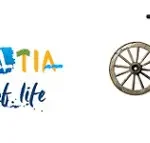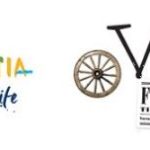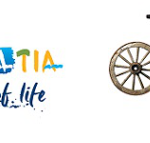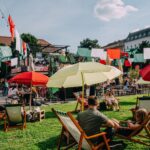Life in continental Croatia is very different from its more fashionable coastal resorts and islands, and it contains some true gems, as TCN discovered on a visit to fascinating Ludbreg in Varazdin County on May 1, 2016.
One of the most exciting things about the Total Croatia News project for me personally is the opportunity to learn more about the rest of Croatia, particularly the continental part. After 13 years living on Hvar, I know the island better than most locals, but take me out of my Dalmatian comfort zone…
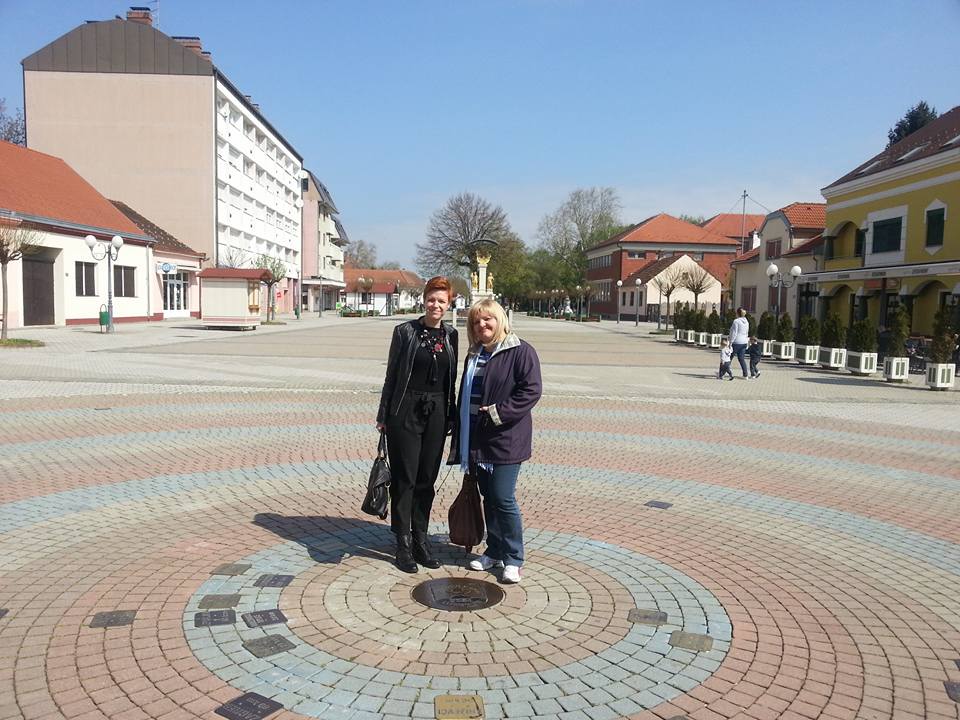
I was therefore deligthed to accept an invitation from the dynamic Varazdin County Tourist Board recently to take a tour of their county, a region about which I know very little, but which I knew would hold some surprises and special places to see. In a new series on TCN called Varazdin County in Focus, we will be taking a weekly look at one aspect of this rather fascinating region north of Zagreb.
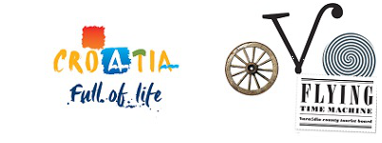
We start with the town of Ludbreg, which I will openly confess that I had only heard of for the first time earlier this year after three articles appeared on this site, one about the town’s free range eggs conquering the EU market, one about a company from Ludbreg presenting the Pope with an electric bicycle, and one about the same company bringing in 70 million kuna investment. Ludbreg was already sounding a little different, and once I heard that it was indeed the centre of the world (see the circle above), I just knew I had to visit. Located less than 100km from the capital Zagreb, it is an easy drive for a day trip or longer.
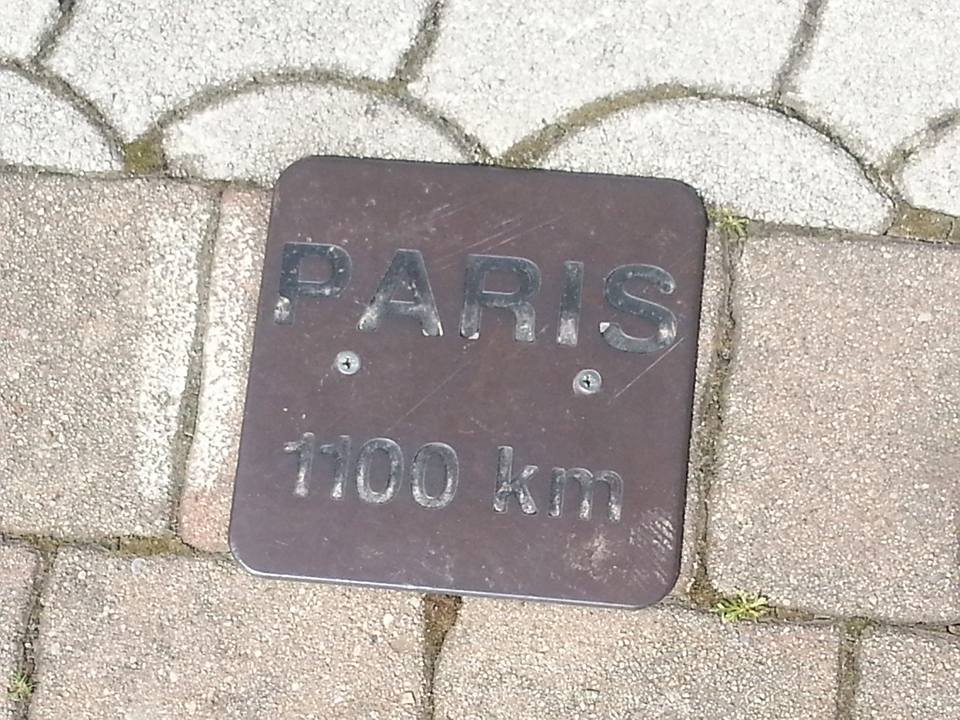
The centre of the world. Significant cities are located equidistant from Ludbreg, and if you cast circles from the main square, you will find some remarkable coincidences – or are they… – Vienna and Budapest, two great seats of power historically, some 225km from Ludbreg, Athens and Paris 1100, and so on.
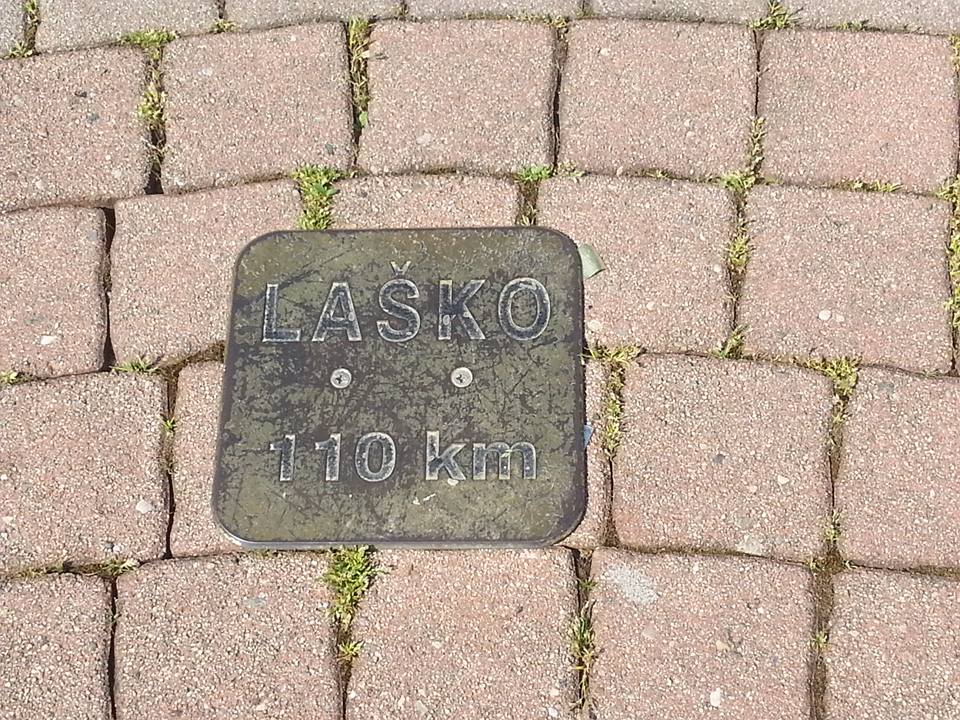
And on a personal note, it was heartening to know I was not that far away from my favourite Slovenian beer, Lasko. According to the official tourist board info:
This legend, believed by many in Ludbreg since antiquity, was confirmed by Dr. Erasmus Weddingen, a Swiss, a frequent visitor to the Restoration centre and a Ludbreg enthusiast, by pure chance. He was playing with a chart divider and a map, and taking Ludbreg as the centre, he made circles on it, noticing that on this imagined line there really were major cities located, not only in Croatia, but wider. The closest proof of this legend are the cities closest to us: Varaždin, Koprivnica, Čakovec and Varaždinske Toplice, located 20 km from Ludbreg.
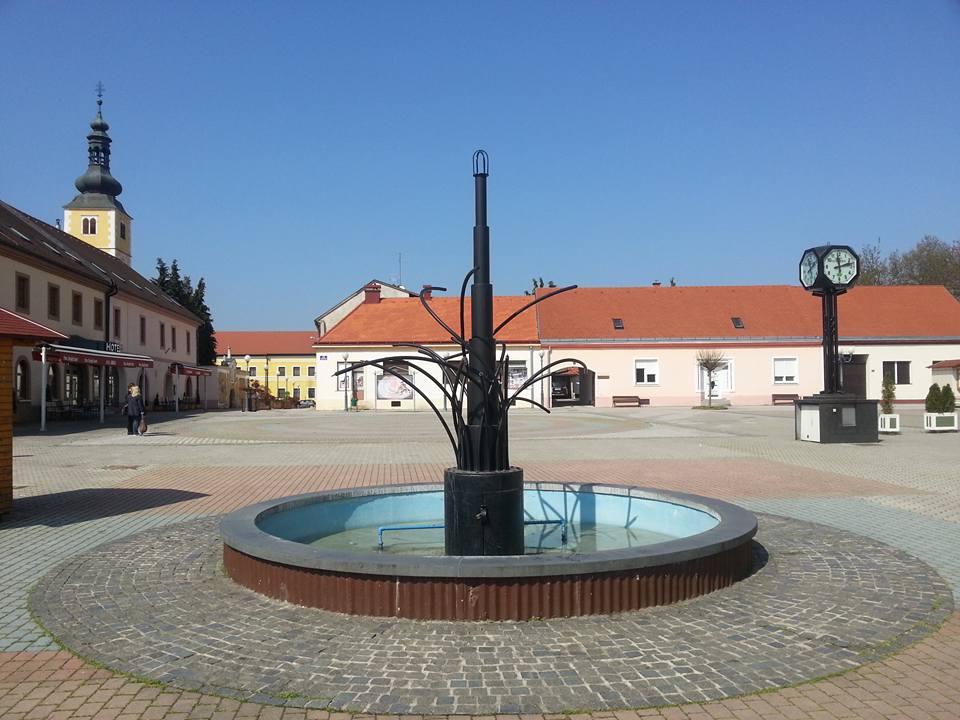
Centre of the World Day is celebrated on April 1 each year, when the fountain next to the centre of the world flows with wine, in commemoration of the legend and the lady from which Ludbreg takes its name. Ludberga, the beautiful 16 year-old daughter of an estate manager, was seduced by Satan in the form of a knight, and they had a son, Theobold. She took care of her son, looked after the sick and worked as a maid, until Satan trid to seduce her again, this time in the form of a hermit. She escaped to the house of a winemaker and started to make wine, and her wine made it all the way to the table of the Pope. She aged beautifully and Satan came a third time, this time as a rich lord, trying to buy her vineyard. She wrestled Satan to the ground with a wooden cross, and the Earth exploded on the other side of the world, which is how the volcanic island of Antipodes came to be. Myth or reality? Does it matter – April 1 is a GREAT time to visit.
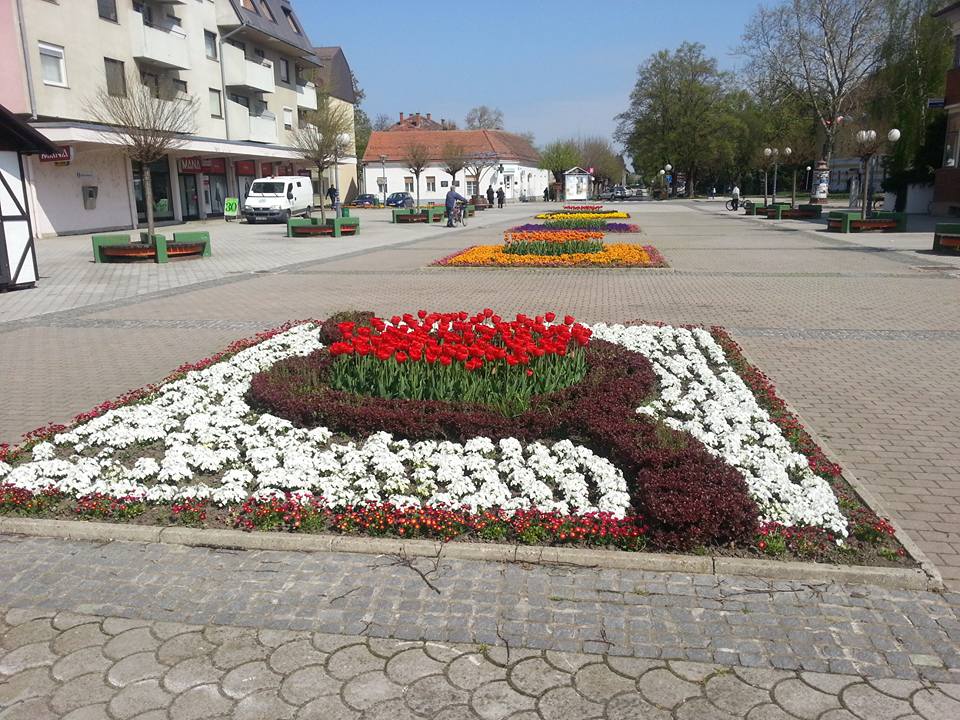
The central square was charming. Spring was in the air!
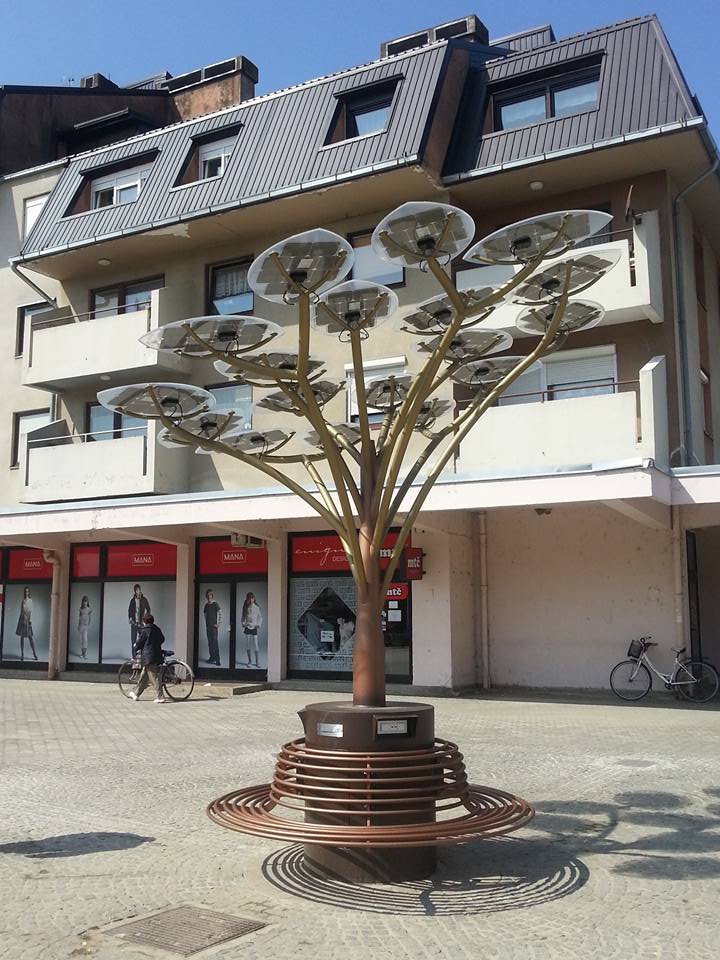
And something rather unusual at the end. I have become accustomed to the smart bench in Croatia – solar benches which offer WiFi and laptop charging options – but a smart tree? A real first for me and only available in the square in Ludbreg, apparently.

Rather a nice little spot to sit and take in the view while charging up your devices. The smart tree and the centre of the world were not the only things that grabbed my attention.
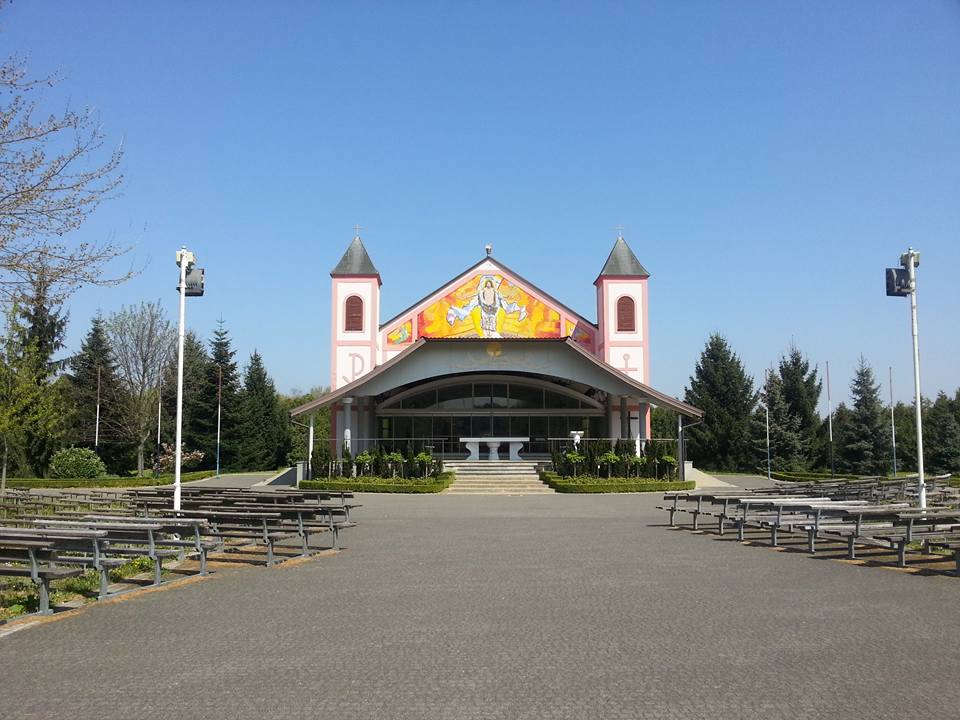
Readers of the site will probably be aware of the religious town of Medjugorje in Hercegovina. With more than 1.5 million tourists a year, it is one of the most important Catholic shrines in the world, even though it is still not recognised by the Vatican. Meanwhile in Ludbreg, there is a Vatican-approved Medjugorje lookalike (the church is VERY similar to the famous Medjugorje church), and a site which attracts 100,000 pilgrims in September each year, but very little apart from that. And, just like the centre of the world, the reason is linked to wine.
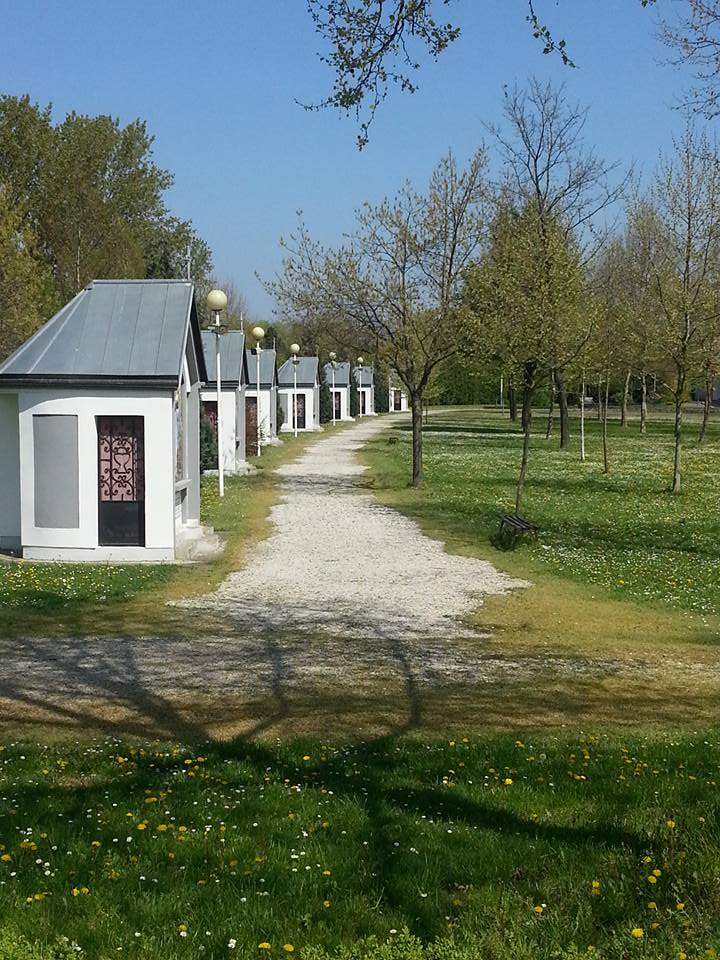
Before the explanation, the 12 Stations of the Cross, which line the edges of the open ground in front of the church.
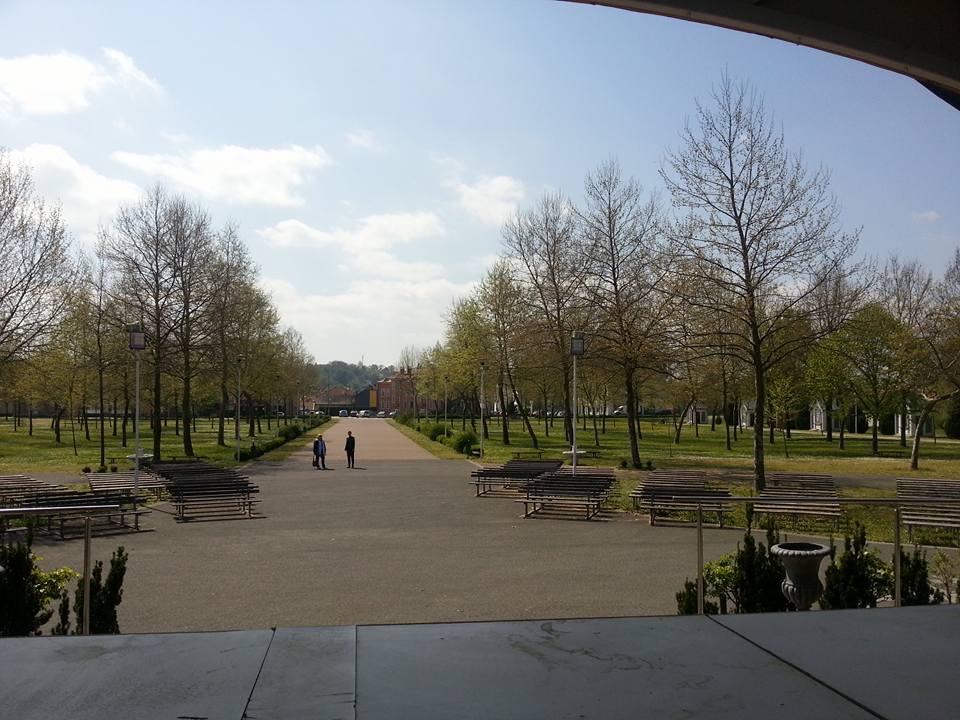
A very peaceful place a short walk from the centre of town.
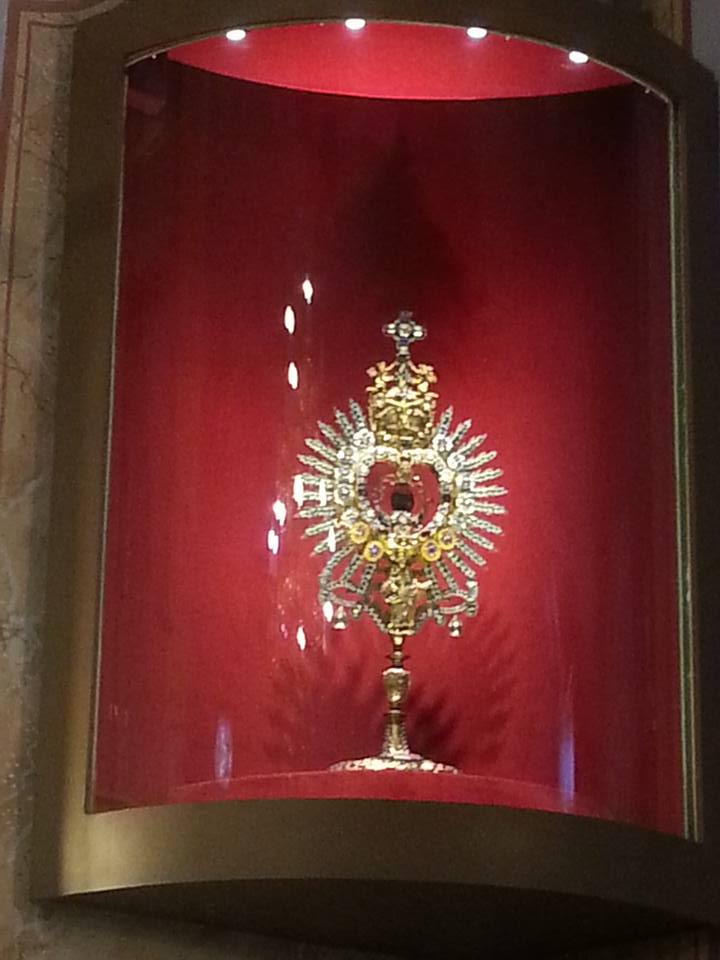
And it is in town where you can find the miracle which attracts all the pilgrims each year, for here is located the Blood of Christ, officially approved by the Vatican in 1513 by Papal Bull after an investigation.
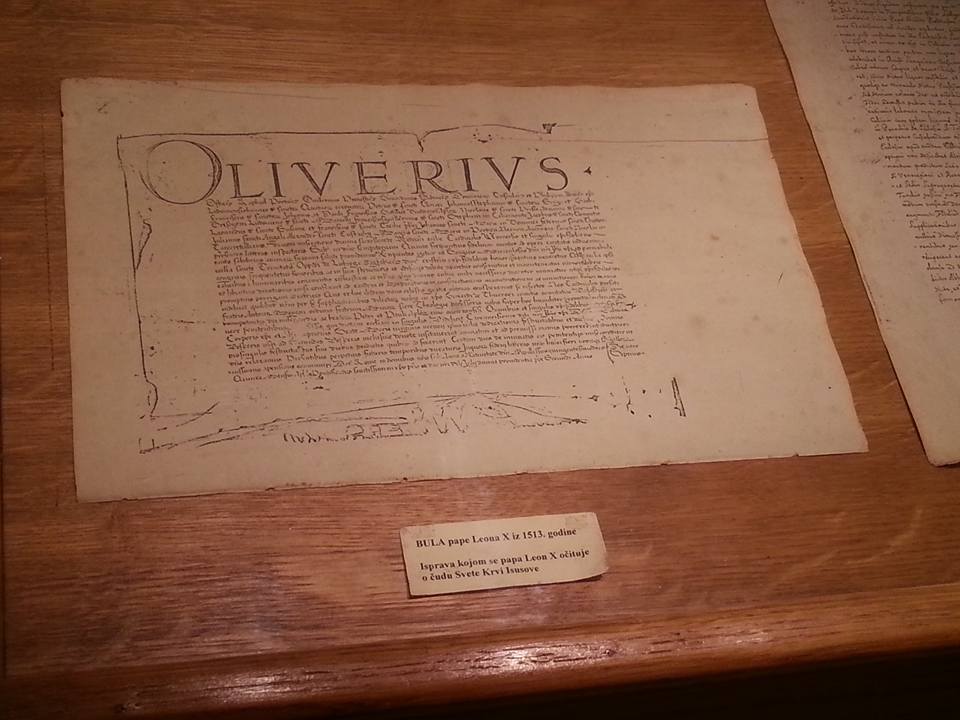
The original Papal bull can be viewed in the building which houses the church where the miracle happened. During Mass one day, the communion wine turned into blood, one of the few Vatican-approved miracle sites in Europe. A huge potential for religious tourism, but the priest who runs the parish is not interested in too many visitors, so Ludbreg’s ‘Medjugorje effect’ will have to wait.
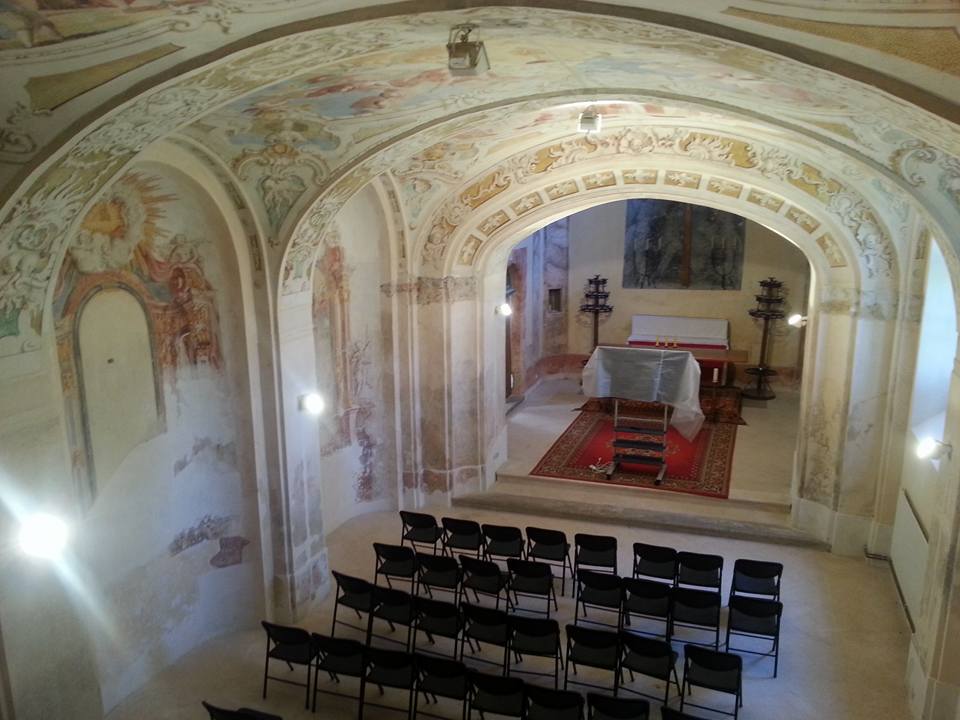
The church where the miracle occurred was delightful.
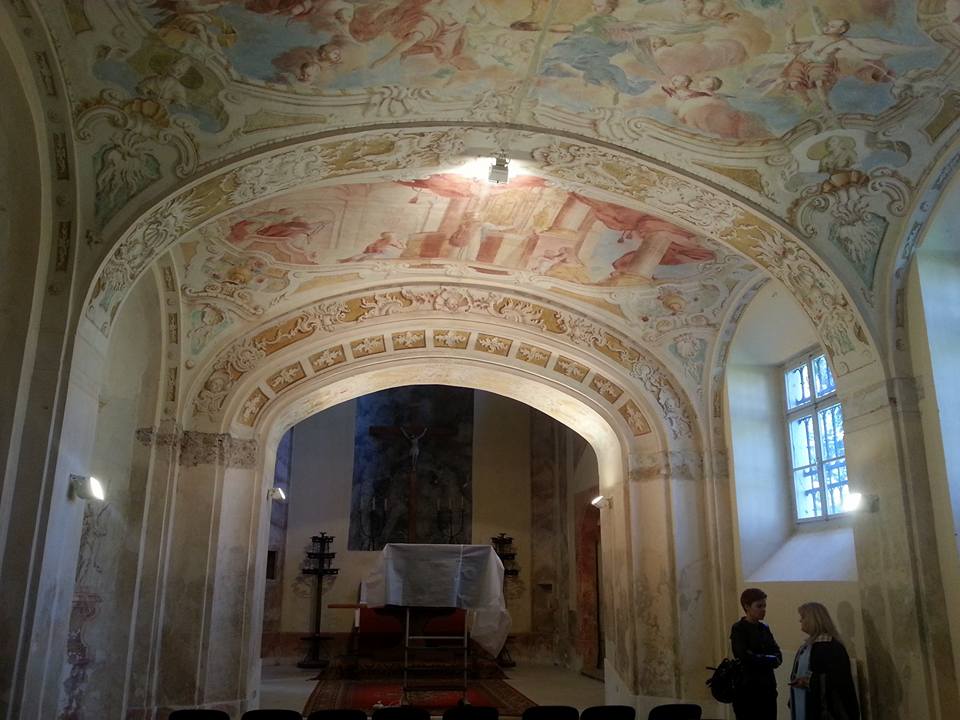
Some stunning frescoes.
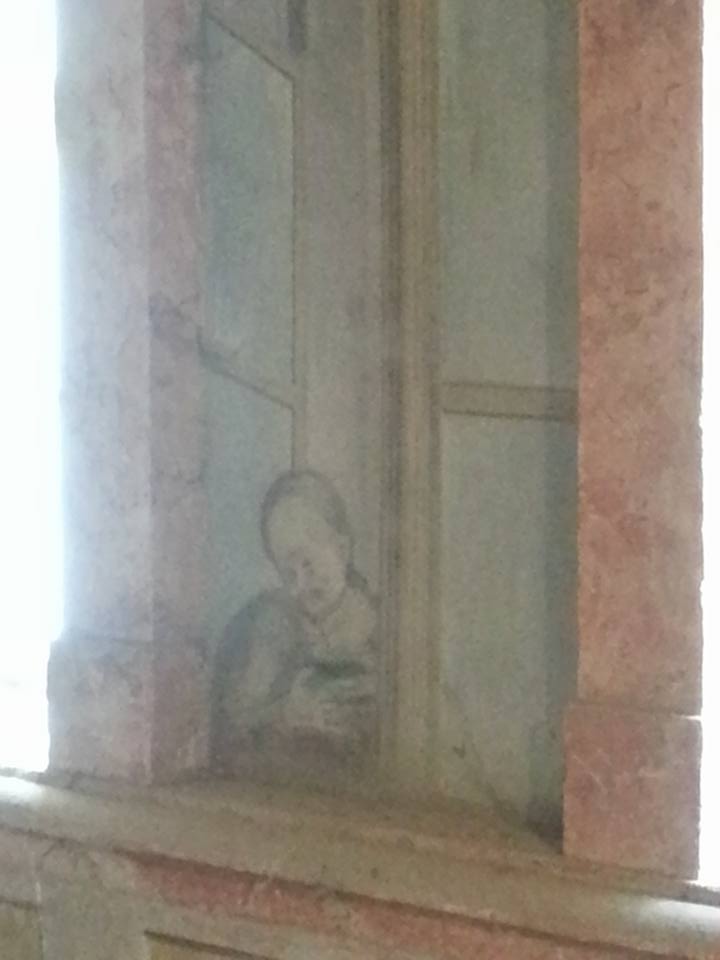
With the original artist looking on from above in a cameo role.
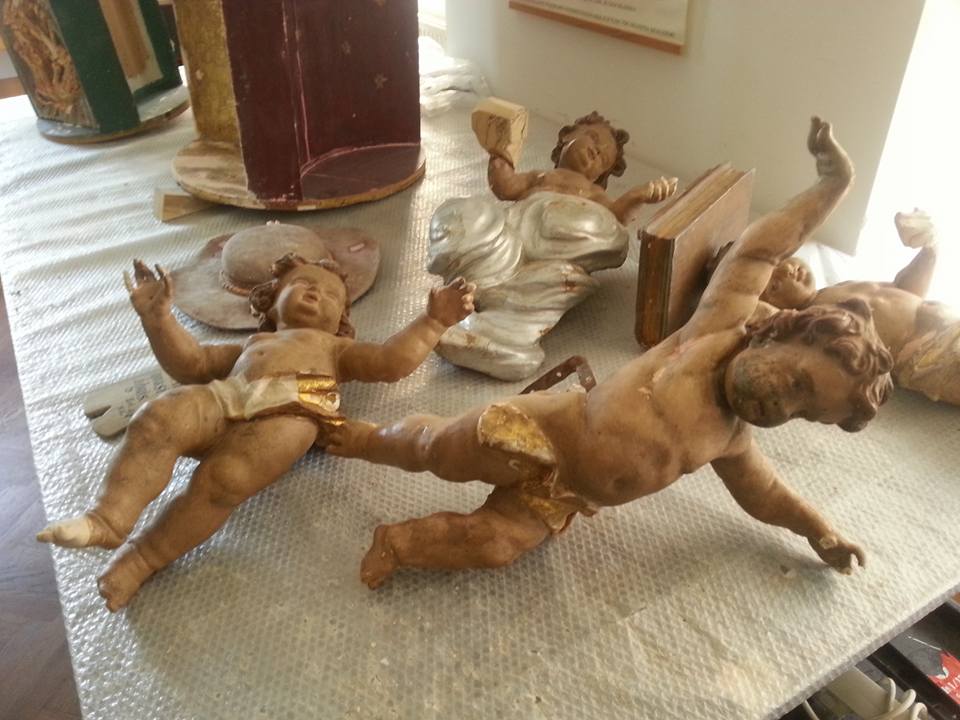
And what else would you expect to find in the building but one of the most important cultural monument restoration programmes in Croatia. Wherever you looked in Ludbreg, there was a big surprise around the corner, and we had a fascinating tour of the various rooms where experts were painstakingly restoring some of the previous glory of monuments, many of which were damaged or partially destroyed in the recent regional conflict.
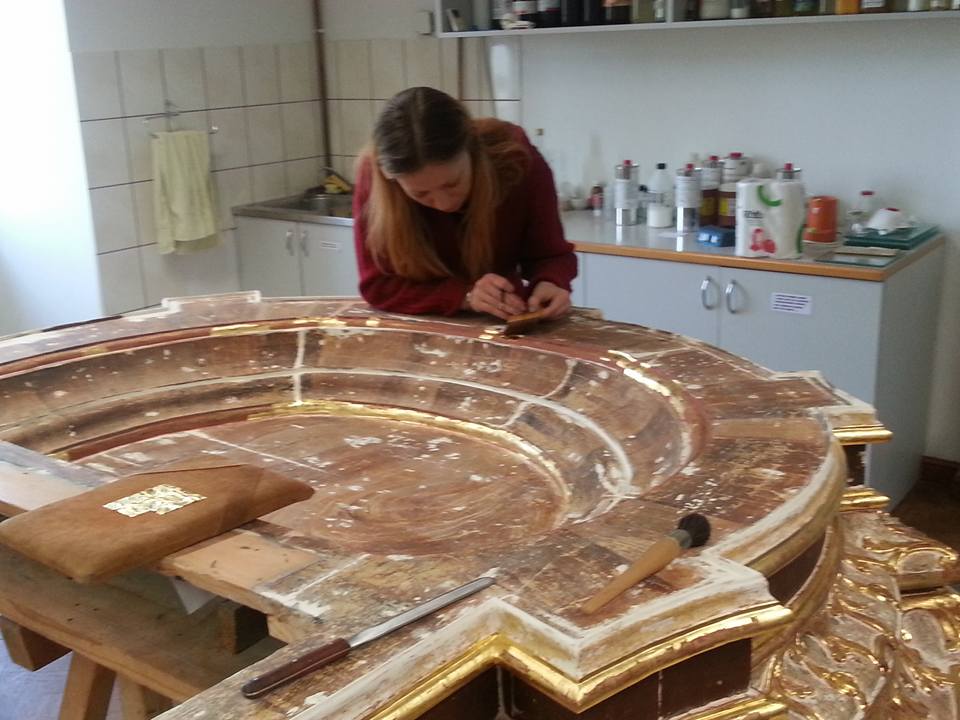
Slow. Meticulous. Expert.
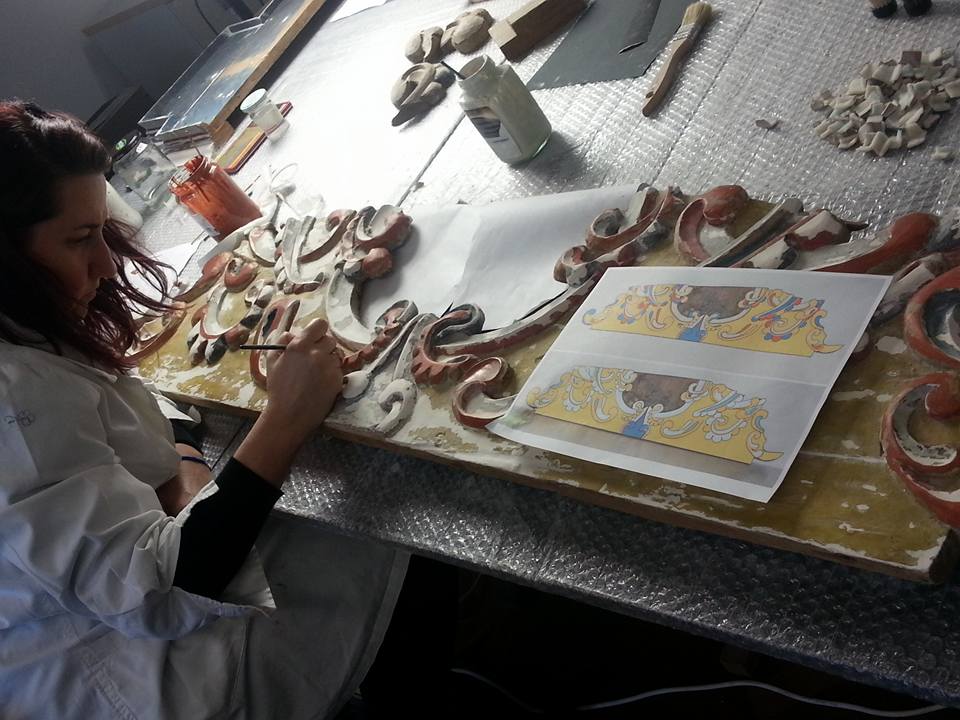
A range of disciplines were covered, and there are regular workshops held in the restoration centre at Batthyany Castle.
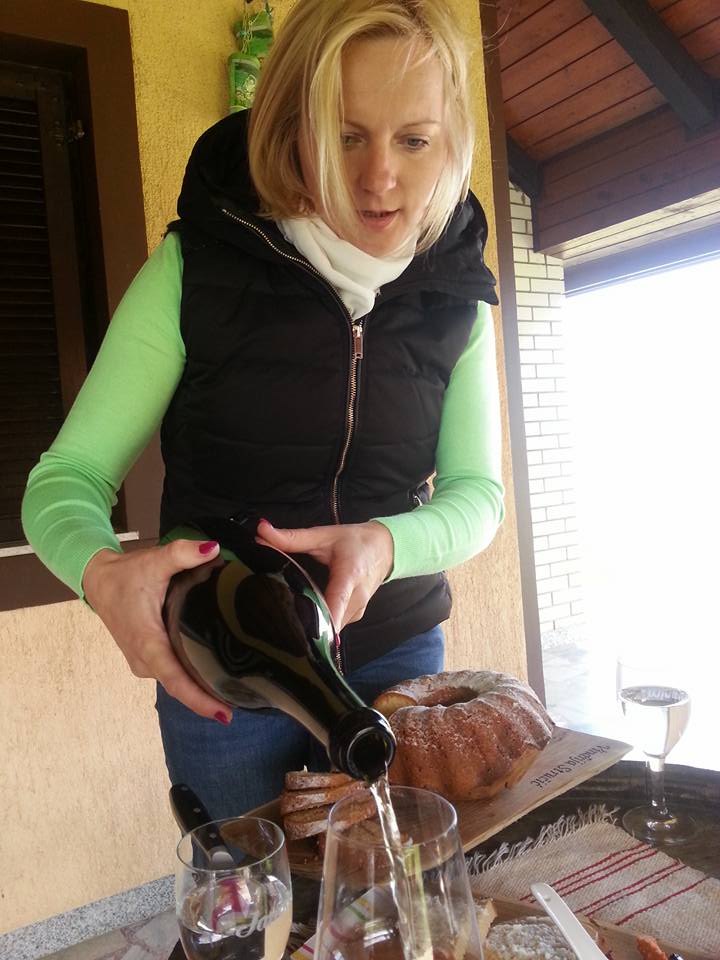
All this talk of wine was making me a little thirsty. Wine from fountains, wine into blood – it was time for the real thing, and our next stop was a tour of the Ludbreg wine road, visiting enthusiastic producers who were playing their part in raising the tourism level in Ludbreg and surrounding region. The wines are predominantly white – Sauvignon Blanc, Riesling, Grasevina, and I particularly enjoyed the wines and amazing home-made cheeses from the Strucic family business.
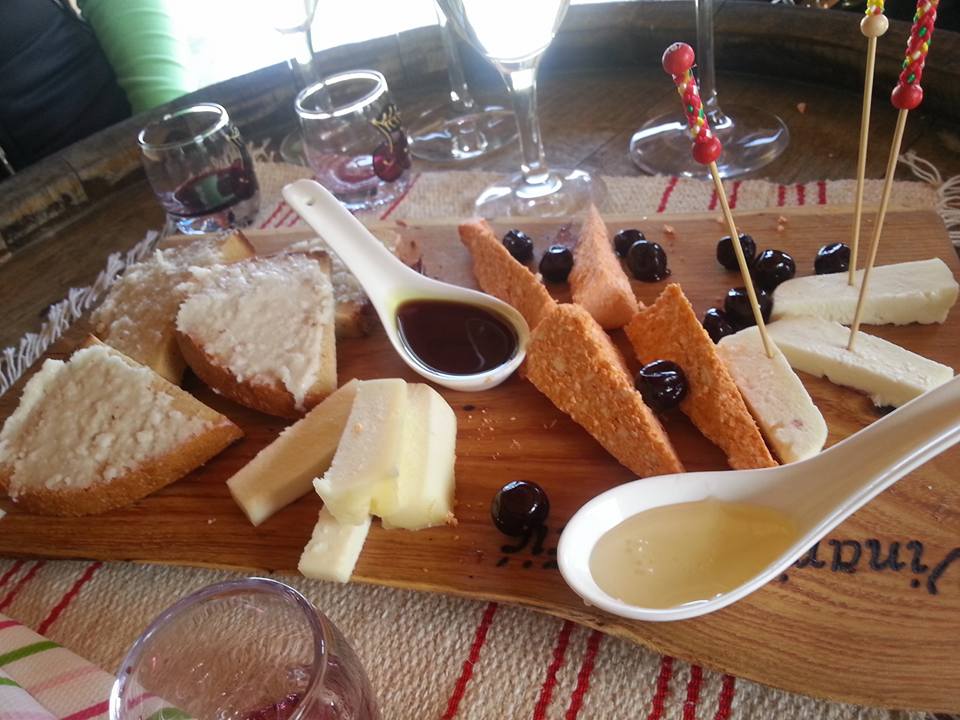
A wonderful end to a perfect day, where I learned a lot, most notably that the little town in Varazdin County with a very non-Croatian name is probably the country’s most unusual, and I am sure there are even more treasures to be discovered. Why not check it out for yourself – more information on the Varazdin County Tourist Board website.


